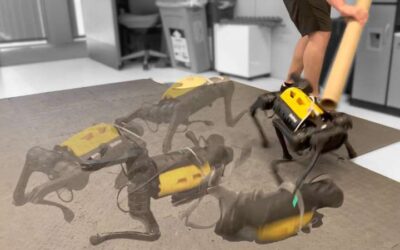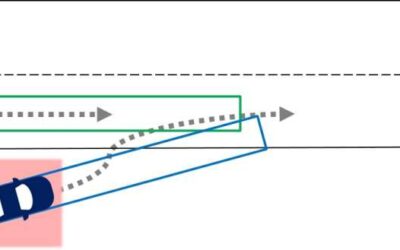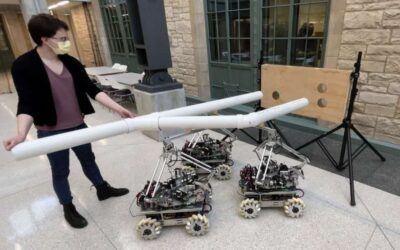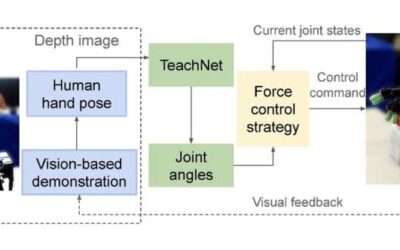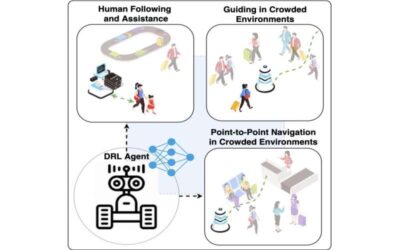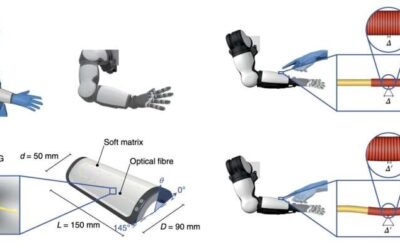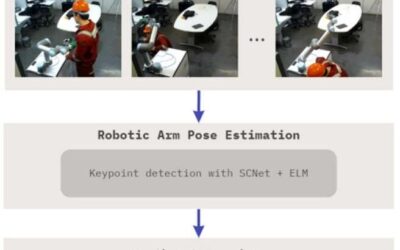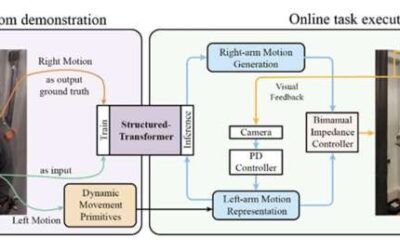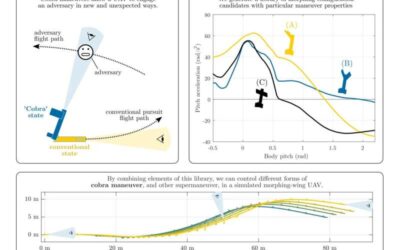Training robots to complete tasks in the real-world can be a very time-consuming process, which involves building a fast and efficient simulator, performing numerous trials on it, and then transferring the behaviors learned during these trials to the real world. In...
Robotics
Enhancing the safety of autonomous vehicles in critical scenarios
Researchers at Ulm University in Germany have recently developed a new framework that could help to make self-driving cars safer in urban and highly dynamic environments. This framework, presented in a paper pre-published on arXiv, is designed to identify potential...
The Omnid Mocobots: New mobile robots for safe and effective collaboration
Teams of mobile robots could be highly effective in helping humans to complete straining manual tasks, such as manufacturing processes or the transportation of heavy objects. In recent years, some of these robots have already been tested and introduced in real-world...
A framework that could enhance the ability of robots to use physical tools
Researchers at I2R ASTAR Singapore and UM-CNRS LIRMM in France have recently developed a framework that could improve the ability of robots to identify objects in their surroundings that could be potential tools and then use them to complete manual tasks, even if they...
A new approach to enhance multi-fingered robot hand manipulation
In recent years, roboticists have developed increasingly advanced robotic systems, many of which have artificial hands or robot hands with multiple fingers. To complete everyday tasks in both homes and public settings, robots should be able to use their "hands" to...
A model that allows robots to follow and guide humans in crowded environments
Assistance robots are typically mobile robots designed to assist humans in malls, airports, health care facilities, home environments and various other settings. Among other things, these robots could help users to find their way around unknown environments, for...
Mimicking the function of Ruffini receptors using a bio-inspired artificial skin
Mobile robots are now being introduced into a wide variety of real-world settings, including public spaces, home environments, health care facilities and offices. Many of these robots are specifically designed to interact and collaborate with humans, helping them to...
A deep learning framework to estimate the pose of robotic arms and predict their movements
As robots are gradually introduced into various real-world environments, developers and roboticists will need to ensure that they can safely operate around humans. In recent years, they have introduced various approaches for estimating the positions and predicting the...
A technique to teach bimanual robots stir-fry cooking
As robots make their way into a variety of real-world environments, roboticists are trying to ensure that they can efficiently complete a growing number of tasks. For robots that are designed to assist humans in their homes, this includes household chores, such as...
An approach to produce elaborate flying maneuvers using morphing-wing drones
Unmanned aerial vehicles (UAVs), or drones, are already widely used in various real-world settings, including the film industry, the military, and the transport sector. In the future, they could also be used to assist human agents during search & rescue missions,...

